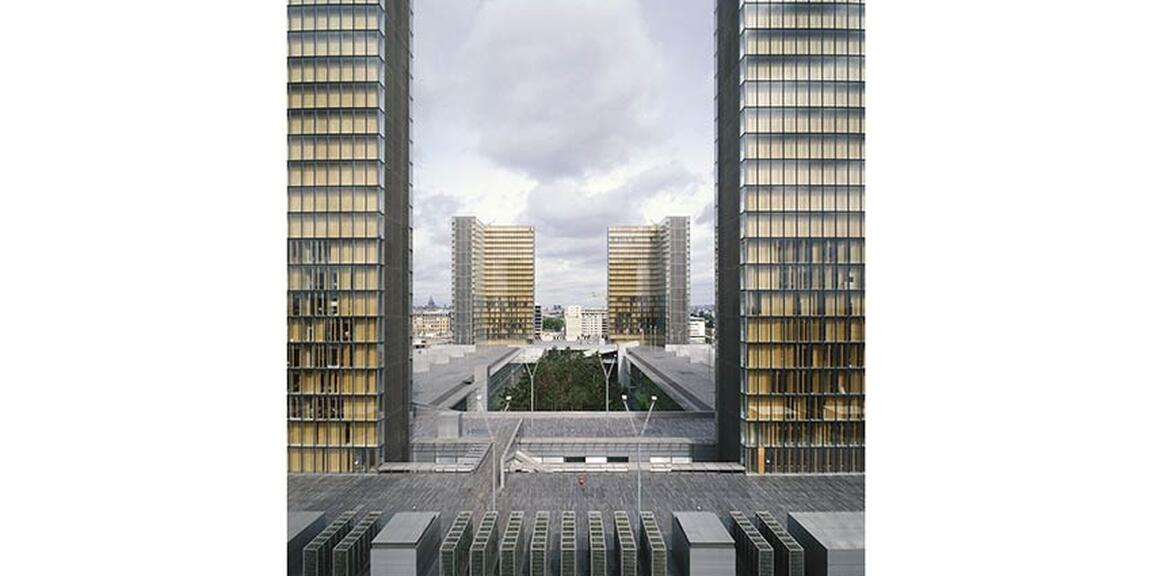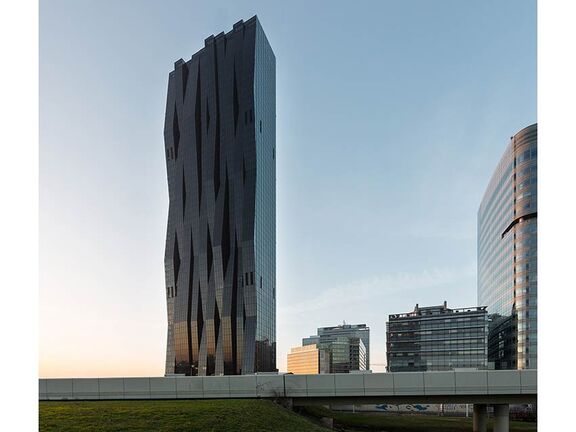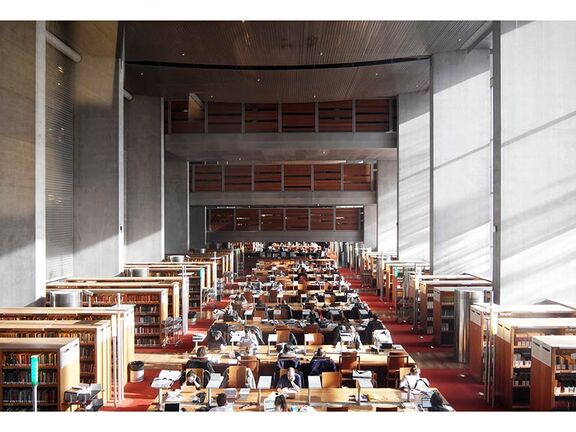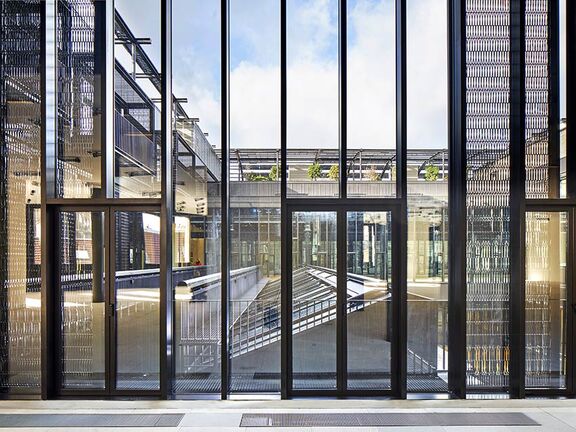
Dominique Perrault
Lunch with an Architect
Born in 1953, French architect Dominique Perrault enjoys an international career as an architect and urban planner.
Reminding us of the close relationship between spatial planning and political vision, each of his projects is an opportunity to establish a forward-looking, strategic and humanist vision that goes beyond the purely programmatic. His work blends the scale of the city with that of architecture, demonstrating a highly contemporary artistic culture and a particular sensitivity to geography and topography as architectural materials.
Since the Bibliothèque nationale de France, which marked the beginning of his career, major projects have included the Velodrome and Olympic Pool in Berlin, the EWHA Women's University in Seoul, the Fukoku Tower in Osaka, the Grand Extension of the Court of Justice of the European Union in Luxembourg and the DC Tower 1 in Vienna, the tallest tower in Austria.
Current and ongoing projects include the Olympic and Paralympic Village for the Paris 2024 Games, which has just been inaugurated; the To-Lyon tower, the new gateway to Lyon; the Villejuif-Institut Gustave Roussy station on the Grand Paris Express, which will welcome 100,000 passengers a day; and the Lightwalk project, the future transport hub for the Gangnam district of Seoul.
The architect's recent work reflects a growing interest in heritage issues. In 2016, Dominique Perrault and Philippe Bélaval, President of the Centre des Monuments Nationaux, submitted a report on the future of the Île de la Cité by 2040, the result of the study and orientation mission entrusted a year earlier by François Hollande, President of the French Republic. Among its projects to rehabilitate exceptional sites are the extension of the Pavillon Dufour at the Château de Versailles, completed in spring 2016, the transformation of the Paris Longchamp racecourse, inaugurated in 2018, and the Île de la Poste du Louvre, completed last year.
His teaching and research activities, as well as his participation in major cultural events, make Dominique Perrault a committed player in the contemporary architectural debate. In 2008, the Centre Pompidou devoted a monographic exhibition to him. In 2010 he was appointed curator of the French Pavilion at the Venice Architecture Biennale.
The author of numerous books, in 2016 he published a manifesto entitled "Groundscape - Autres topographies" (Editions HYX). The concept of "Groundscape", a combination of "Ground" and "Landscape", has emerged as a field of research exploring the potential of architecture embedded in and beneath the surface of our cities. Since the BnF, many projects have taken advantage of the thickness of the ground to develop this strategy, which offers a resilient, aesthetic and sustainable response to today's urban challenges. This investigation of the 'underbelly' has been extended at the Ecole Polytechnique Fédérale de Lausanne, where Dominique Perrault created and directed the 'SubLab', an underground architecture laboratory, from 2013 to 2018. In October 2018, as the culmination of this academic career, Dominique Perrault launched the first MOOC (massive open online course) devoted to underground architecture, in partnership with EPFL and the American teaching platform edX.
His work has received a number of prestigious awards, including last year's Veronica Rudge Green for the Villejuif-Institut Gustave Roussy station on the Grand Paris Express, the Mies van der Rohe prize for the Bibliothèque nationale de France in 1997, the Grande Médaille d'or d'Architecture awarded by the Académie d'Architecture in 2010, and the Praemium Imperiale awarded by the Imperial Family of Japan in 2015. His work is also included in the collections of the world's leading museums.
Flagey, F()rum






